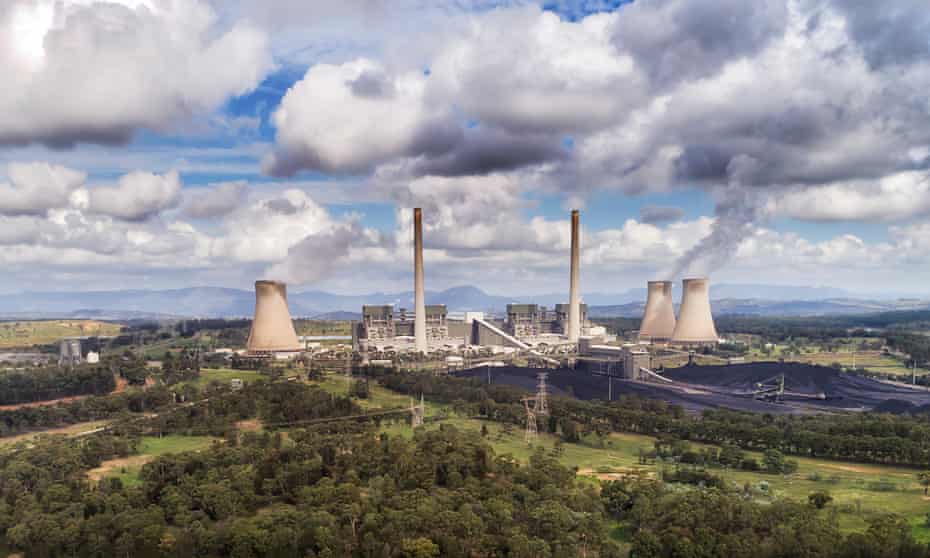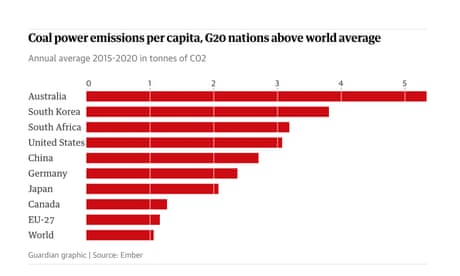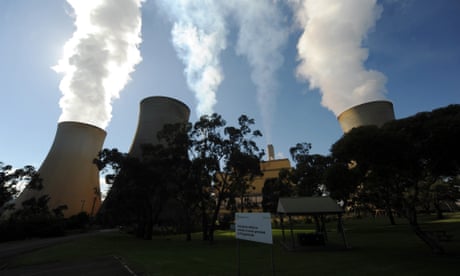Extract from The Guardian
Latest blueprint by Aemo says grid has already ‘outpaced all expectations’ and anticipates ninefold increase in wind and solar by 2050.

Australian Energy Market Operator expects a nine-fold increase in large-scale renewables as electricity supplies double to meet decarbonisation of transport and other sectors without coal.
The draft Integrated System Plan 2022, an industry blueprint updated every two years and released on Friday by the Australian Energy Market Operator, plots how the grid serving eastern Australia will change to meet emissions reduction and market goals.
It detailed four scenarios based on extensive consultation over 18 months. The most probable path, dubbed the “Step Change” option, anticipates a nine-fold increase in large-scale renewable energy, such as wind and solar farms, as electricity supplies double to meet the decarbonisation of transport and other sectors without coal.
Solar panels on homes will also increase five times, and firming capacity in the form of batteries and other storage will triple by 2050. About 10,000km of new transmission will also be needed to connect the increasingly dispersed supply.

Owners of some coal generators have already accelerated their declared retirement dates, based on market, financial and operating pressures caused by the rise of renewable generation, the report said.
“The financial viability of existing thermal generation will become increasingly uncertain, particularly coal-fired generation that is less able to adjust generation levels rapidly in response to changes in market prices,” it said. “Significant financial decisions to repair and maintain plant may be harder to justify under this uncertainty, potentially resulting in declining plant reliability.”
The ISP, which will be finalised next year, comes as major states such as Victoria and NSW develop renewable energy zones or promote renewables’ penetration through auctions or offer financial support for households to install solar panels.
Federal Labor raised the target for 2030 national emissions reductions last week based on a jump in renewable energy and the Morrison government also set a net zero emissions target by 2050, based in part on the decarbonisation of the grid.
While the ISP predicts an ongoing need for gas to support the grid during dark and still periods when there is little renewable energy, use of the fossil fuel has lately been decreasing along with coal. Gas-fired power in the National Electricity Market, that serves about 80% of the population, was the lowest in at least 15 years in October.
The report notes the transformation of the grid has already “outpaced all expectations”, with Australia installing five times the amount of large-scale renewables in 2019 on a per capita basis than the European Union.
“In the last two years, through the pandemic, [such renewables] development accelerated, with 40% more [of it] now committed or anticipated to be connected to the grid by 2023-24 than was forecast in the 2020 ISP, it said.
The grid’s share of renewables has risen to as high as 61% during periods in September, and Aemo now forecasts stints of 100% by as early as 2025.
Installed capacity of the National Electricity Market now totals almost 60GW, generating about 180TW-hours of electricity annually.

“With the Step Change, utility-scale generation and storage capacity would need to grow to 170 GW and deliver almost 400 TWh a year by 2050 to cater for existing loads and replace the gas and petrol currently consumed by much of our transport, industry, office and domestic use,” it said, adding that energy efficiency would also need to improve.
Linking up the new plants will deliver net market benefits of $29bn, or 2.5 times the investment. “It optimises benefits for all who produce, consume and transport electricity in the market, as well as providing investment certainty and flexibility to reduce NEM emissions faster in the next decade if needed, and time for greater community engagement and supply chain risk management,” it said, noting public support will be needed to allow the construction of power lines.
Rooftop solar will provide about 30% of renewable capacity, with 54GW of new capacity needed to increase the current 15GW capacity.
“By the mid-2040s, electricity supply is expected to be generated almost exclusively from renewable resources, with energy storages helping manage their seasonality and intermittency, and peaking gas generation providing firming support,” the report said.
Risks include delays in major projects such as Snowy 2.0 giant pumped storage plant and the Marinus link between Tasmania and the mainland.
No comments:
Post a Comment